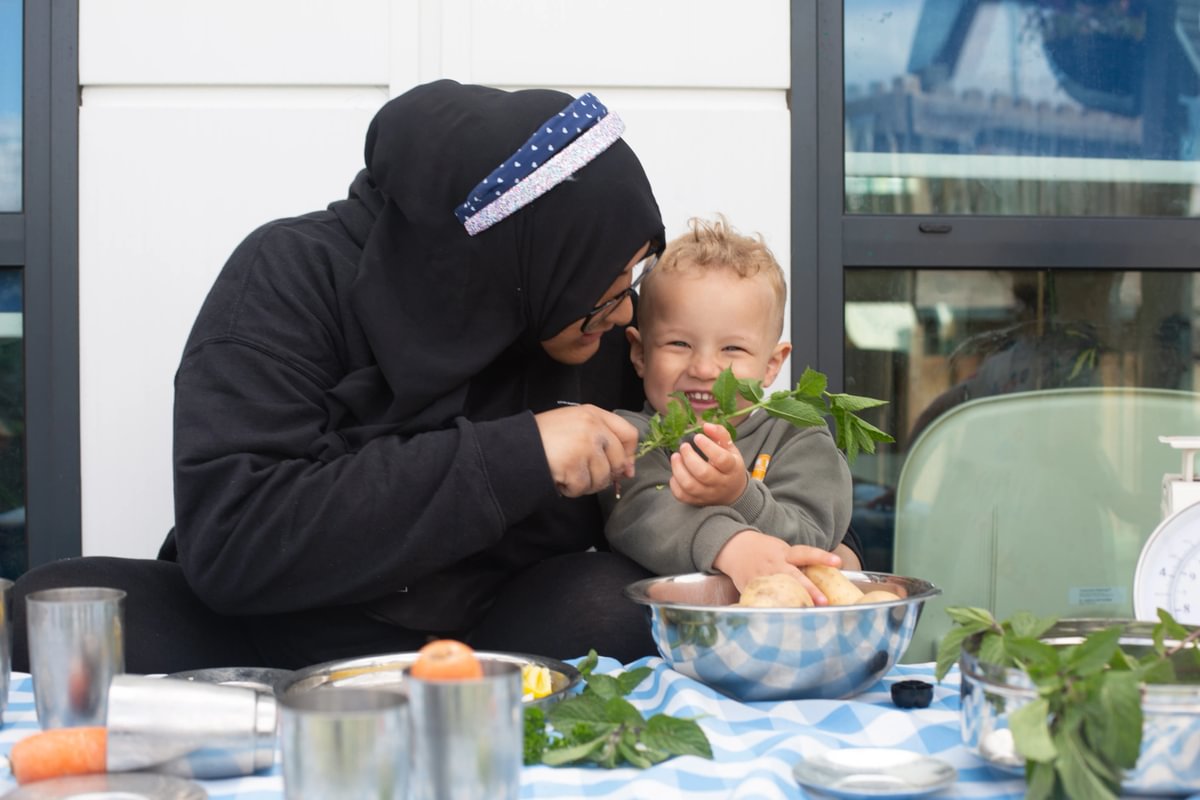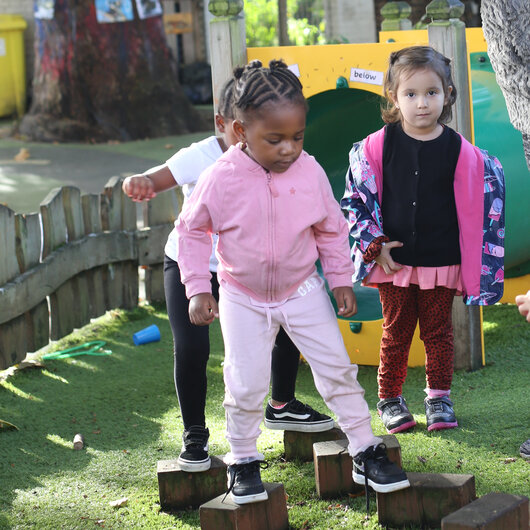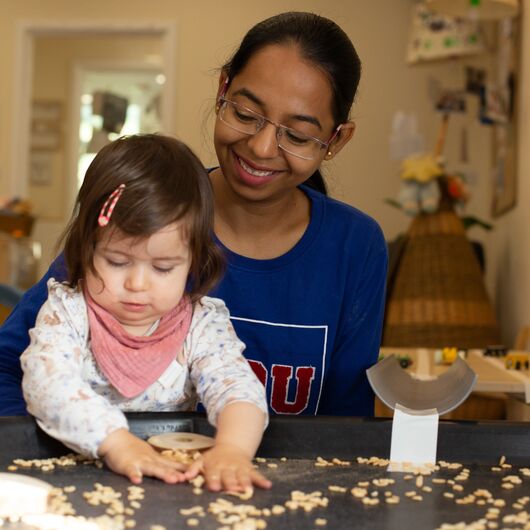
Change is in the Ofsted air
The London OBC is coming on the 8th April 2025 We will be hosting it at Bain where we can take up to 100 people in person. This time…
June 25th 2025
Just as the ink dries on the Ofsted consultation, up pops another. This time it’s about space, equally important and not to be overlooked. The Department for Education (DfE) has launched a two-month consultation on floorspace requirements including whether outdoor space can be included in the calculation for children aged two and over in early years settings. Currently, the EYFS space requirements are:
No one seems to know how this was calculated, there are speculations that it was to fit cots and large prams, but the DfE is keen to respond to the sector’s wish to rethink space. But before we accept space as simply as a square footage measure, let’s explore the philosophical view of space as not merely physical but imbued with meaning through experience where children’s identities, memories, and relationships are formed and enacted. It is not only a site of learning but a place of belonging, safety, and imaginative possibility. Space shapes relationships, learning, and well-being.

So, ask yourself what space do the children need to be children? How much space allows them to own the area, to be in the area where they can stretch, sprawl and loiter. How much room do they need to build friendships, engage in conversations with each other, have room to play, allow their bodies to comfortably occupy the floor, the sofa, the beds. Is there room for dens and quiet spaces for them to have privacy and escape the busyness of their environment.
The consultation asks a specific question as to whether the outside should be part of the measure as many children can free flow inside and outside. But how realistic is this? Free flow requires a particular pedagogical ethos, a designed space that enables it to happen easily and safely. Large providers with big outdoor spaces are asking for this on the basis it gives them flexibility especially at a time of expanded childcare entitlement. But for smaller nurseries in urban areas, space is a premium, and this may not be an option.
Chatting to one of the LEYF managers she dryly pointed out the issues of the weather, decent waterproofs, increased supervision, heating, cover and more staff. Overcrowded rooms change the tone. They’re noisier, less personal, and harder to manage. Staff become crowd controllers rather than educators. And the most vulnerable children — those with SEND, or sensory needs — may suffer the most in chaotic, noisy environments.
It’s neither ‘free’ nor ‘flow’ when the rain is pounding and the children have decided they want to be indoors and then it becomes an stressful squash and a squeeze.
So, before we tick another box or chase another metric, let’s pause. Let’s think carefully about what space means to children. How it supports their learning, their relationships, their joy. Because if we reduce space to a numbers game, we will be failing the very children we claim to be serving.
The consultation closes on 11th July. If you care about quality, children’s well-being, and using space as more than a holding pen, please respond.
Use the link HERE to give your views.

The London OBC is coming on the 8th April 2025 We will be hosting it at Bain where we can take up to 100 people in person. This time…

Have you read the recent Nesta report yet? The findings suggest that 44% of children reside in what are termed “childcare deserts”— areas where childcare…

The Ofsted Big Listen has reported. I have summarised the main thrust of the report. They will act using 7Cs but we need to engage and make sure we…